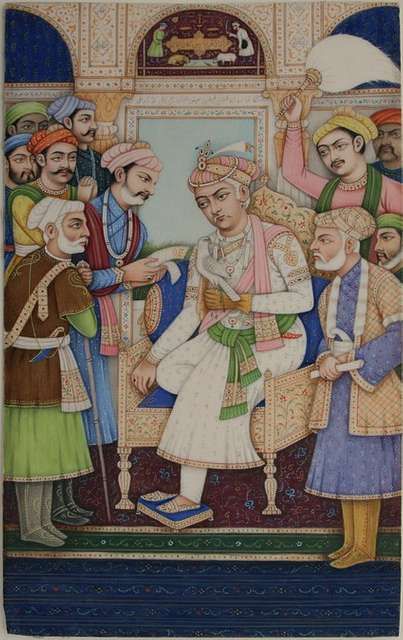Rediscovering Hidden Gems: Unearthed Soviet Art and Culture Reveals Surprising Resilience

Soviet Union art and culture:
The culture of the Soviet Union, spanning its 69-year existence, was a fascinating blend of creativity, censorship, and ideological struggle. Let’s delve into the key aspects of Soviet art and culture:
1. Lenin Era (1918–1929)
During this period, artists and writers enjoyed relative freedom. Experimentation flourished as they sought to define a distinctive Soviet style of art. Various trends emerged, from traditional to radically experimental. Notable figures like Maxim Gorky and Vladimir Mayakovsky contributed to literature, while Sergei Eisenstein made groundbreaking films. Education also saw progressive reforms under Commissar Anatoly Lunacharsky.
2. Stalin Era (1929–1953)
Stalin’s rule marked a shift toward socialist realism—a government-imposed style that dominated Soviet art. Socialist realism emphasized positive portrayals of Soviet life, often glorifying workers, peasants, and collective achievements. Other artistic trends were severely repressed. Notable exceptions include Mikhail Bulgakov’s works, which managed to escape censorship.
3. Visual Art in the Soviet Union
After the 1917 Russian Revolution, Soviet art underwent significant changes. Socialist realism became the official style, emphasizing idealized depictions of workers, peasants, and party leaders. Artists faced pressure to conform, but some managed to subtly critique the system through their work.
4. Censorship and Cultural Institutions
The Soviet state supported cultural institutions but maintained strict censorship. Artistic expression had to align with socialist ideals. While this stifled dissent, it also led to remarkable resilience and creativity among artists who navigated these constraints.
5. Legacy and Influence
Despite limitations, Soviet art left a lasting impact. Iconic posters, monumental sculptures, and avant-garde experiments continue to resonate. The struggle between artistic freedom and state control remains a powerful narrative in the annals of world culture.
In summary, Soviet art and culture reflect a complex interplay of creativity, censorship, and political ideology. From the early experimentation to the dominance of socialist realism, this journey through history reveals the resilience and ingenuity of artists in the face of adversity.








